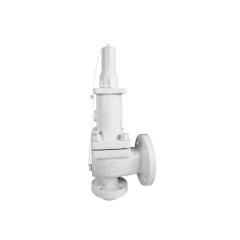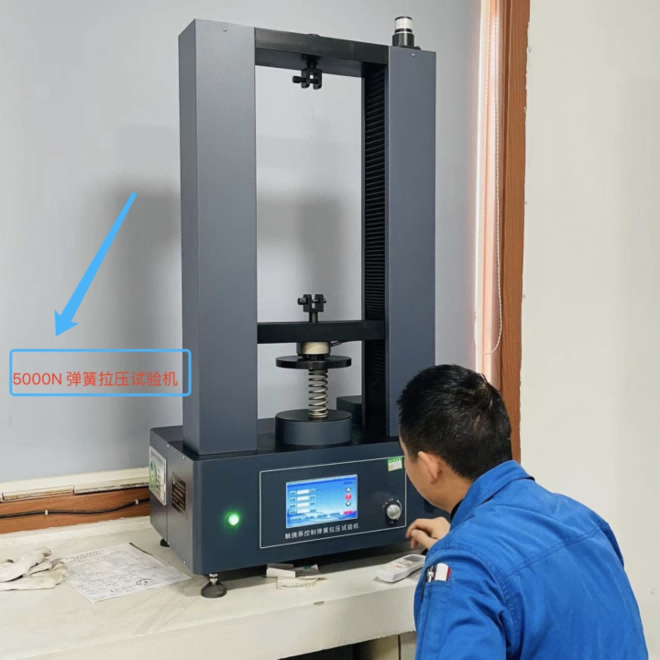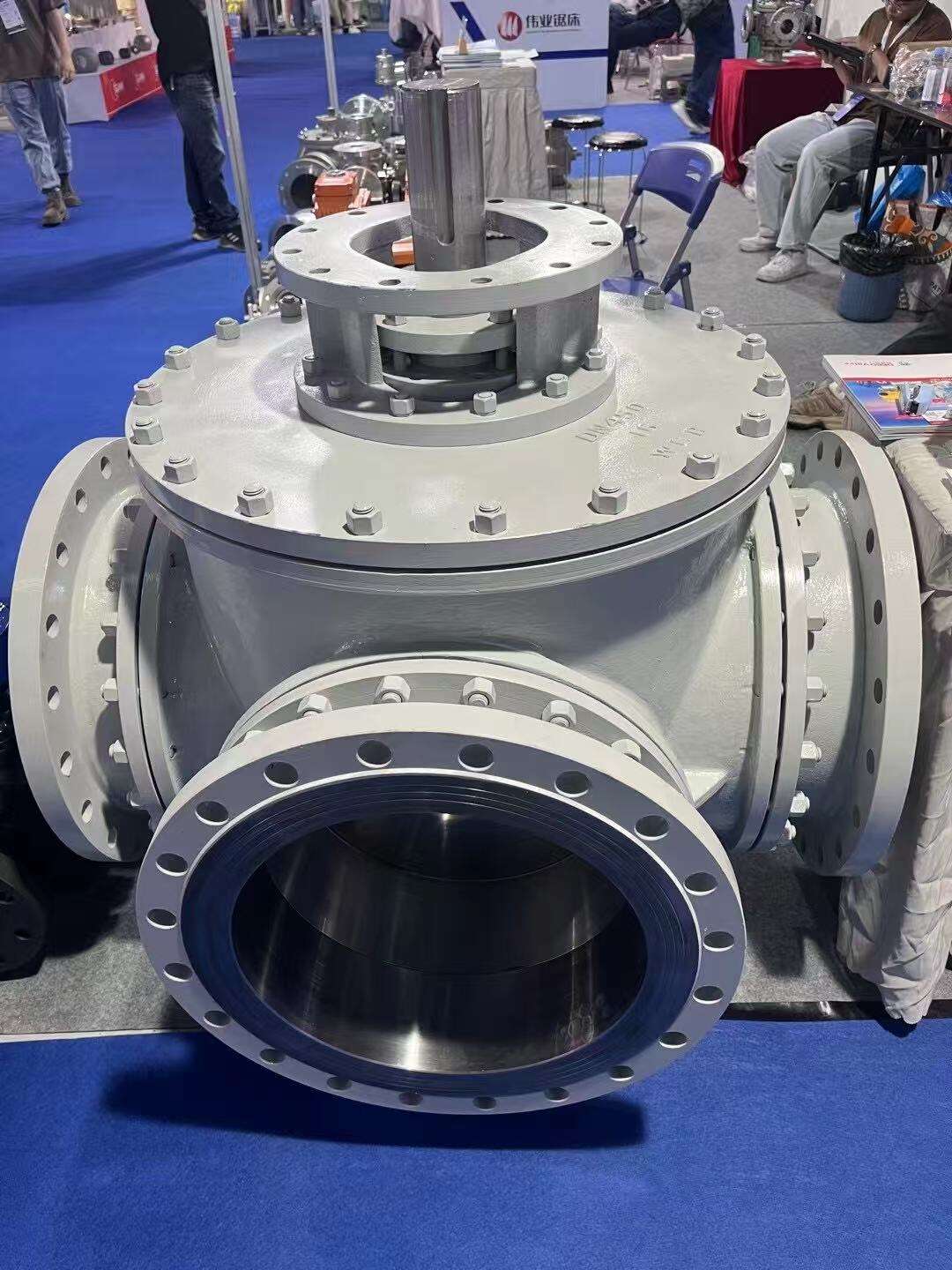boiler pressure relief valve sizing
Boiler pressure relief valve sizing is a critical engineering process that ensures the safety and efficiency of boiler systems. This specialized calculation determines the appropriate dimensions and specifications of pressure relief valves, which serve as essential safety devices in boiler operations. The sizing process takes into account multiple factors, including the boiler's maximum operating pressure, steam generation capacity, and heat input rates. Engineers must consider the valve's discharge capacity, set pressure, and blowdown requirements to ensure optimal performance. The technology involves sophisticated mathematical models and industry standards, such as ASME Boiler and Pressure Vessel Code requirements, to calculate the minimum required relieving capacity. Modern sizing methods incorporate advanced computational tools and software that enable precise calculations while considering various operating scenarios. The applications of proper valve sizing extend across numerous industries, from power generation facilities to manufacturing plants, ensuring protection against overpressure situations that could lead to catastrophic failures. The process also accounts for different valve types, including spring-loaded and pilot-operated valves, each requiring specific sizing considerations based on their operational characteristics and installation requirements.


